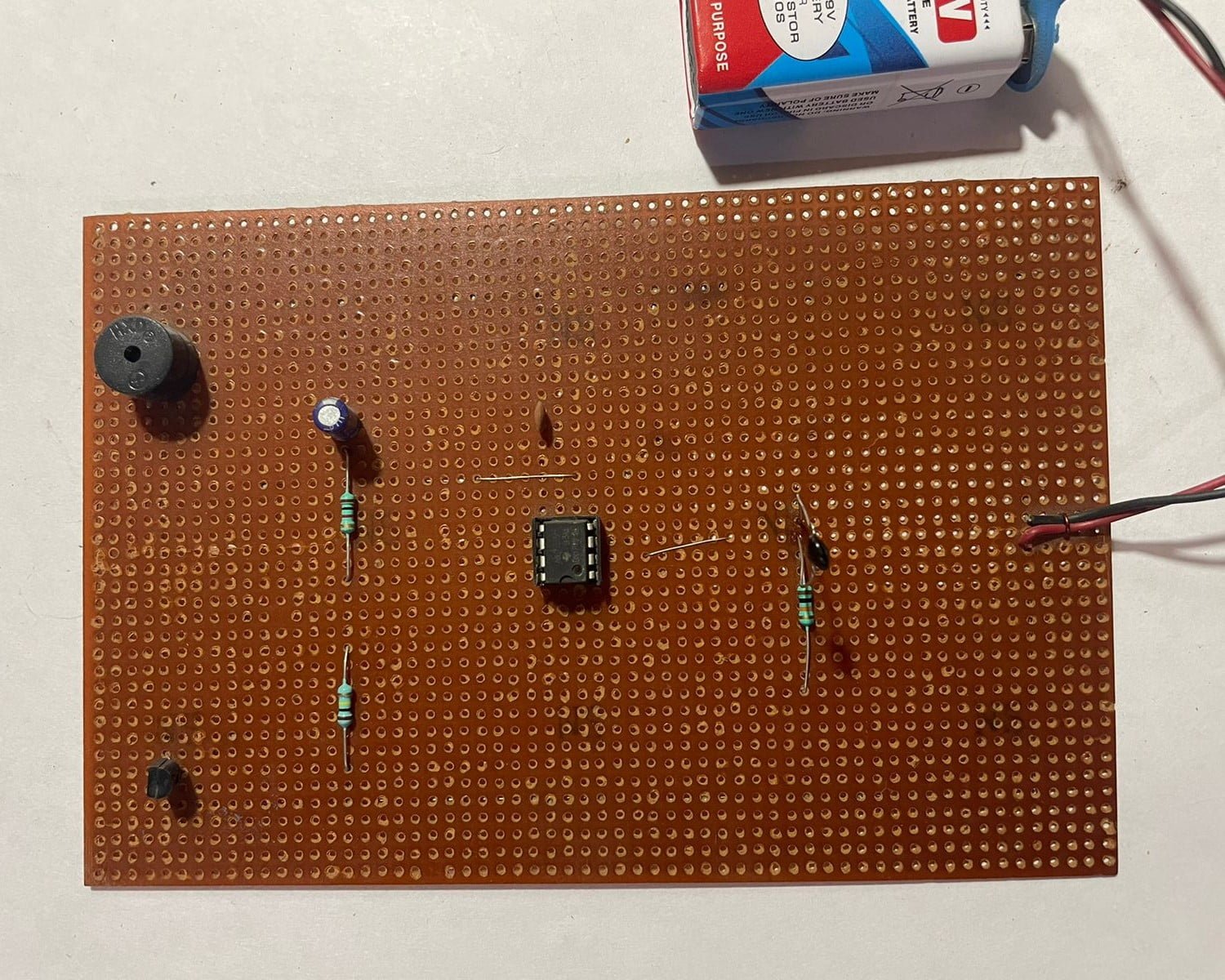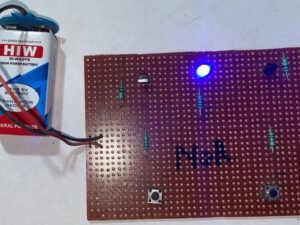Fire Alarm Using Thermistor and IC 555
3 in stock
The Fire Alarm using a Thermistor detects temperature changes. As heat rises, the thermistor’s resistance drops, triggering the alarm. It’s a simple, cost-effective way to enhance safety in homes and offices by providing early warnings of potential fire hazards.
₹442.50 ₹649.00 (Incl. GST)
3 in stock
Fire Alarm Using Thermistor and IC 555 Project
A fire alarm system is an essential safety device for detecting and alerting in case of fire. This project combines a thermistor and the versatile IC 555 timer to create a simple, effective fire alarm. This setup leverages the temperature-sensitive properties of the thermistor and the IC 555’s capability to function as a comparator and timer, making it ideal for beginners in electronics and safety applications.
Components Required
- Thermistor (NTC type): Detects temperature changes.
- IC 555 Timer: Acts as a comparator and triggers the alarm.
- Buzzer: Emits a sound to alert in case of a fire.
- Resistors and Capacitors: For circuit stabilization.
- Power Supply: To power the circuit.
- Connecting Wires and Breadboard: For assembling the circuit.
Working Principle
The circuit operates on the principle that the resistance of a Negative Temperature Coefficient (NTC) thermistor decreases as the temperature increases. The IC 555 timer is configured in a comparator mode to monitor the voltage across the thermistor. When the temperature exceeds a predefined threshold, the IC 555 triggers the buzzer to alert of a potential fire.
Circuit Diagram and Assembly
- Connect the Thermistor and Resistors: Form a voltage divider with the thermistor and a fixed resistor. This divider will provide an input voltage to the IC 555 proportional to the temperature.
- Set Up the IC 555: Connect the voltage divider output to the threshold pin (pin 6) of the IC 555. The reference voltage for comparison is set using a potentiometer or a fixed voltage divider connected to the control voltage pin (pin 5).
- Connect the Buzzer: Attach the buzzer to the output pin (pin 3) of the IC 555. Ensure proper grounding for all components.
- Power the Circuit: Use a stable power supply to ensure consistent operation of the circuit.
Conclusion
This fire alarm project using a thermistor and IC 555 timer is a straightforward yet effective way to detect fire hazards. It provides a basic understanding of temperature sensing and comparator circuits. The project can be further enhanced with additional features like wireless alerts or integration with home automation systems for a more comprehensive safety solution.
| Weight | 0.00 kg |
|---|---|
| Dimensions | 0.00 × 0.00 × 0.00 cm |





